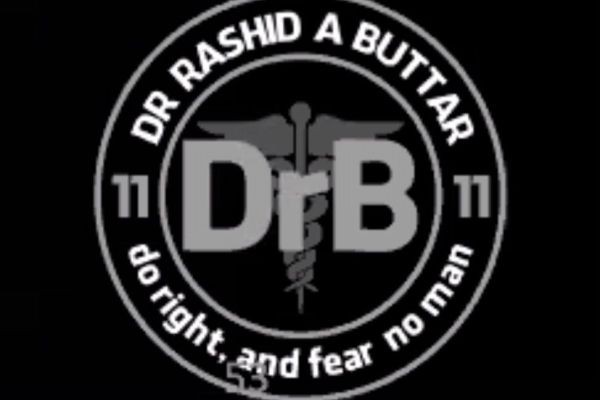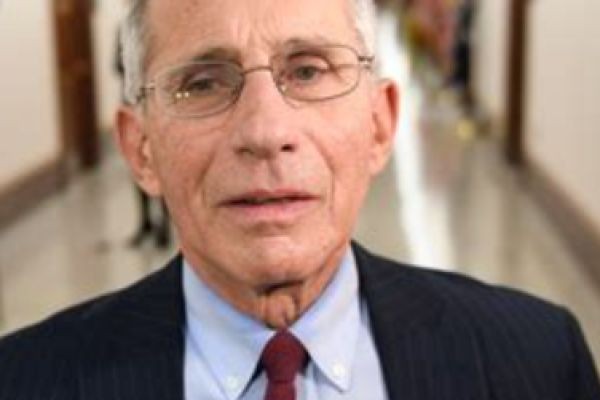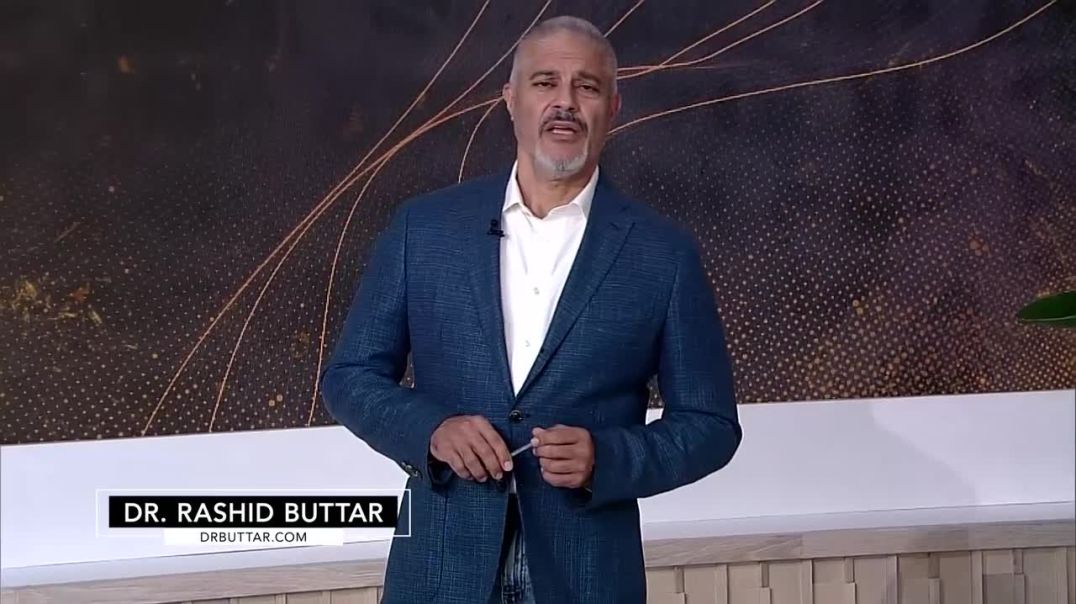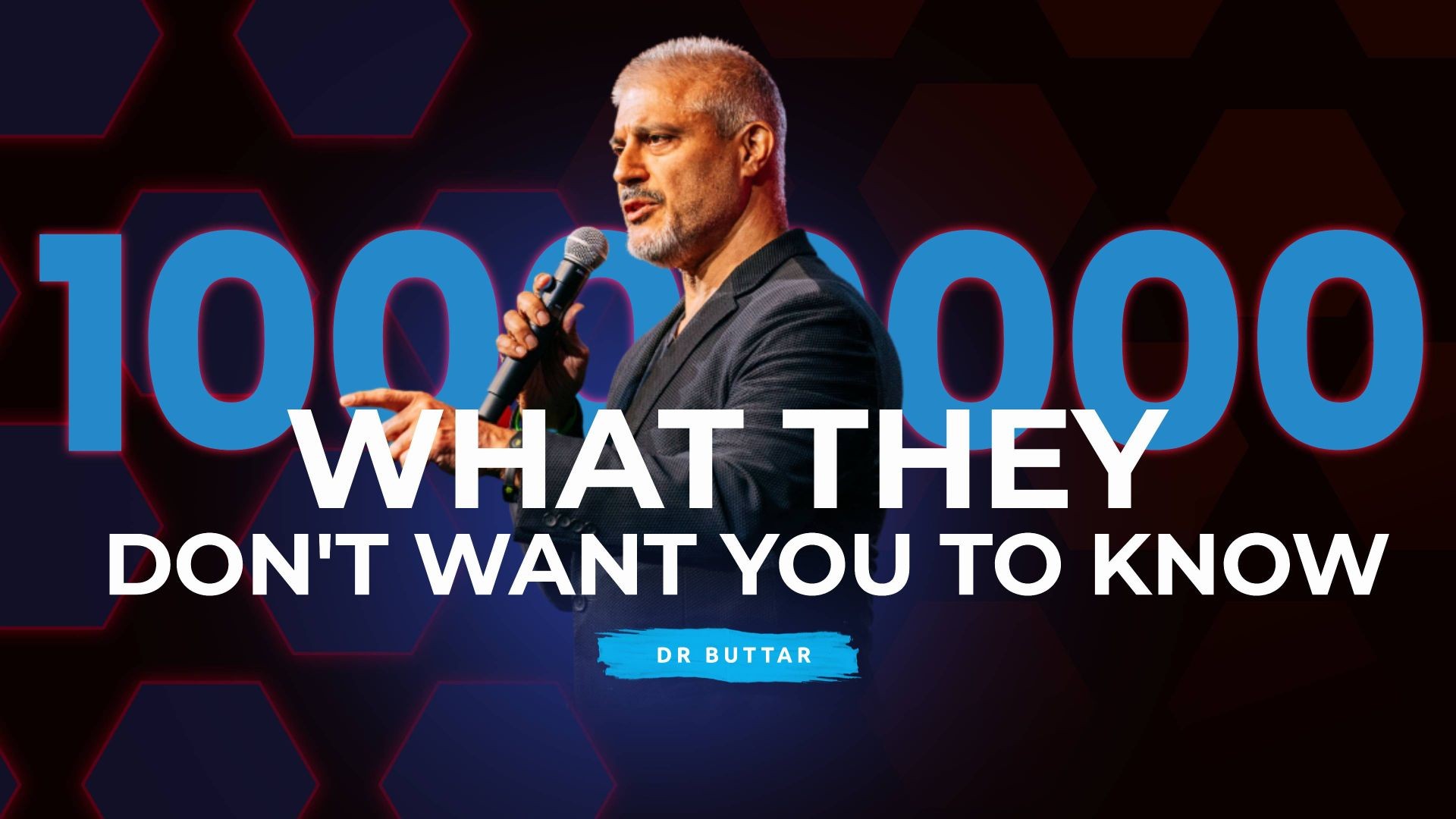From the President:
The Lessons of Karl Brandt
Lee Hieb, (Merritt) M.D.
Spanish-born philosopher George Santayana famously said that those who do not remember history are condemned to repeat it. Unfortunately, the converse is not true, i.e. even those who do study history cannot be assured of avoiding the same mistakes.
Tragically, we rarely see history in enough detail to recognize ourselves and our contemporaneous life in previous tragic events. When we look at the grotesque outcome of Nazi medicine, we see only the end results. We do not readily see the small incremental steps that took the German doctors along the path leading to the “crimes against humanity” for which several prominent physicians were executed.
Recently, while rummaging through a book store I happened upon a biography of Karl Brandt. Dr. Brandt,1 like me, was an orthopaedic spinal surgeon (although in the 1930s physicians were not officially designated by this specialty, that was his field), so the discovery that Brandt was Hitler’s personal doctor caught my attention. If you look for Karl Brandt on the internet, you will only find pictures of him in the dock at Nuremberg, and will read a broad outline concluding that he was hanged for his role in the euthanasia program and for experimentation upon prisoners. It is hard to identify with such a picture. But, look more closely, and for those of us in medicine, his life, his career and the choices he made are frighteningly familiar, contemporary, and personal.
Karl Brandt was born just after the turn of the 19th century, in late Wilhelmine Germany. Karl’s childhood, unlike that of his future employer, epitomized middle-class normality. His father was a policeman, and his mother came from a long line of physicians. The family, living away from major city centers, escaped much of the turmoil of the Weimar era, but not its changing ethos.
Karl grew up at a time when private medicine was being replaced by government medicine. Kaiser Wilhelm II first introduced “free health care” to the German people strictly for political purposes. His advisers thought that bribing the populace with a “little bit of socialism” could prevent wholesale takeover by the increasingly popular Social Democrats. For years, the system worked as advertised, bringing medicine to under-served areas and strengthening the power of the crown.
In fact, Karl’s grandfather was the first government physician (known colloquially as “vaccination doctors”) in his region of Germany. However, as the result of World War I and reparations, the German government ran out of money. And the government medical system had brought about a critical philosophic change: Care that was once done employing individual ethics and Christian charity was now done through a collective ethic and nationalized welfare. When the money ran out, this system of
care was no longer available, and only the inefficient bureaucracy remained. As Marc Micozzi wrote in his excellent review of Weimar medicine: “What remained of the humanistic goals of reform were state mechanisms for inspection and regulationofpublichealthandmedicalpractice.”2
In this system a young Karl Brandt studied very hard and was given a residency position with the famous surgeon Ernst Sauerbruch. As part of his medical education Brandt was also taught psychiatry by Alfred Hoche, coauthor of the widely discussed pamphlet Permission for the Destruction of Life Unworthy of Life. In this booklet, Hoche and his lawyer coauthor defined three groups of people unworthy to live: the terminally ill who request death, “incurable idiots,” and those in vegetative states such as post-traumatic coma victims. They suggested a government body of doctors, lawyers, and psychiatrists would oversee the selection, judging patients’ economic value to society and applying “cost/benefit” criteria [emphasis mine].
Dr. Brandt’s rendezvous with destiny occurred in the early 1930s when he and his fiancée were enjoying a summer vacation trip. His fiancée had been an Olympic swimmer, and had come to the attention of the new Führer. She was invited for a luncheon at Hitler’s retreat in the mountains, and the couple was driving the last car of the motorcade proceeding to Berchtesgaden. The car ahead of them swerved off the road into the ditch, and the driver—one of Hitler’s inner circle—was severely injured. Dr. Brandt, as a trauma surgeon, leapt to the aid of the injured man, taking him in his own car to a nearby hospital and performing the major surgery himself. During the next few weeks of his vacation, Brandt tended the patient daily until he made a full recovery. Hitler, always fearful of an assassination attempt, and observing the young surgeon in action, asked Brandt to join his staff as his personal surgeon.
Hitler was surrounded by two groups of close confidants—the sycophants who did little work but enjoyed the luxuries of the Führer’s entourage, and the “technocrats” such as Albert Speer—the people who made the country function. Brandt joined the latter group, and to the disgust of the non- technocrats, continued to practice surgery.
Additionally, Brandt took an interest in medical logistics, and during the campaign on the Eastern Front, Brandt frequently visited the war zones. Finding surgeons in scarce supply, he would roll up his sleeves and operate. He soon discovered problems in transporting the wounded back to Germany due to lack of hospital beds. Reporting this to Hitler, Brandt was tasked with researching the problem. He discovered that most of the trauma hospitals had been flattened in the bombing raids on the
Journal of American Physicians and Surgeons Volume 16 Number 1 Spring 2011 7
major cities, and the lack of trauma care was impacting not only the soldiers’ survival, but the mortality rate of civilians injured in the air raids. Brandt found that the psychiatric hospitals, which were generally built out in the countryside, were relatively undamaged and could easily be converted to provide needed surgical suites and wards. But, he also witnessed a nearly total breakdown of coordination of medical services due to the often conflicting chains of command within the medical hierarchy. Brandt told Hitler that to solve the problem he would have to be given authority to override local medical fiefdoms. So Hitler conferred upon Brandt the title of Reich Commissioner for Health and Sanitation.
Brandt worked tirelessly caring for the injured, moving supplies, and recreating a medical trauma infrastructure. The mortality rate of returning soldiers was reduced directly as a result of his efforts. But problems arose as supplies diminished, and choices about who got the diminishing resources had to be made. Do they feed the returning wounded soldiers, or the chronic schizophrenics, who could neither help in production nor fight in the war effort? The government and the nation at “total war” shunted resources into those people likely to be productive. Consequently, those unable to care for themselves began to starve.
Lowest on this food chain were the mental patients, displaced to provide hospital space for the wounded. And caught in the middle were physicians acting as medical directors, who were charged with caring for mental patients without the resources to keep the patients alive. It was in this environment that medical directors asked to be allowed to carry out “mercy killing” rather than being faced with watching their patients slowly starve to death. And Brandt, now the head of the entire medical system, signed the program authorization.
The end of the story is well known. Euthanasia morphed into a nightmarish killing machine, and Karl Brandt, as head of the euthanasia program, was hanged after the Nuremberg Doctors Trial. What is less well known is the conclusion of the allied prosecutors after the Doctors Trial. Leo Alexander summed up the conclusion of the French, British, and American prosecution teams when he opined that the fault of the German doctors (of whom Alexander had once been a member) was not that they were intrinsically evil, but that they worked for the government: “We should never let doctors work for the government again.”3
It is a lesson we forgot after a mere 20 years.
Karl Brandt was not a monster. At one level he was a caring, competent doctor. I can picture him as the kind of surgical chief resident everyone hopes to work for—the one who knows the latest techniques, the studious hard worker, the guy who jumps in when he sees something that needs doing. Many of us today have practiced triage of mass casualties, yet thankfully never had to make such decisions. Unfortunately, Dr. Brandt was a physician in a world gone mad.
So is there a lesson for us today? I believe there are several:
First, Hippocrates said, “I will enter into the house only for the good of the patient.” Dr. Brandt found himself triaging a nation as a whole, and in the process signed the death warrant for some in order to possibly save others. Hippocrates did not say to do what is right for the state at the expense of your patient, but Brandt was educated during a time when the collective took precedence over the rights of the individual—a sentiment he took with him to the gallows—and one being expressed with increasing frequency in our country today.
Second, to paraphrase Canadian philosopher Stefan Molyneux, it is not necessary to fight evil, because no one consciously does evil. The difficulty is it is recognize as evil in its earliest forms. Dr. Brandt did not just decide one day to kill a number of helpless people. Rather, faced with bad or worse options, he made a series of progressively less innocuous choices that resulted in a great collective evil.
Third, people and societies tend to great inertia, and it is difficult to recover once they are headed in the wrong direction. Dr. Brandt was like a man stumbling, never able to catch his step, until after several lurching moments he falls down. He began his career avoiding involvement with the Nazis, then signed on for one assignment after another until he couldn’t turn back. In fact, when Karl Brandt finally did repent of his association with Hitler, Hitler had him arrested and given a death sentence. He may be the only man to be sentenced to death by both sides in the war.
Finally, at some point it is time to get off the runaway bus. Karl Brandt, Albert Speer, and other so-called technocrats, doing what they were trained to do, went from crisis to crisis patching the German nation together. Had the technocrats just said “no,” the German war machine, without supplies, food, or medical care, would have come crashing down in a matter of months. But to do so this would have meant—in the case of Dr. Brandt— denying immediate care to some in order to stop the killing of many others. Imagine today, if all the orthopedists in America tomorrow stopped caring for Medicare patients, it might bring down an intrinsically bad system, but could we deprive the patient in front of us just to make the point? The time to get off the bus is before it picks up speed.
Today, we as physicians and surgeons are increasingly becoming government doctors. We are given “guidelines,” which then are translated into dicta of cookie-cutter medicine. We are expected more and more to work for the greater collective good, and not just to consider our patients. We are facing cost-benefit analyses in the rationing of care.
We are on the bus, and it has left the terminal. Will we get off in time? Or will we ride it over the cliff as Karl Brandt did?
Lee Hieb, (Merritt) M.D., practices orthopaedic spine surgery in Logan, Ia., and serves as AAPS president. Contact: loganpod@gmail.com.
REFERENCES
1 Schmidt V. Karl Brandt: the Nazi Doctor: Medicine and Power in the Third Reich. Hambledon Continuum; 2008.
2 Micozzi MS. National health care: medicine in Germany 1918-1945. Freeman 1993;43(11). Available at: www.thefreemanonline.org/columns/national- health-care-medicine-in-germany-1918-1945/. Accessed Feb 11, 2011.
3 Schmidt U. Justice at Nuremberg: Leo Alexander and the Nazi Doctors’ Trial. Palgrave McMillan; 2006.
8
Journal of American Physicians and Surgeons Volume 16 Number 1 Spring 2011














